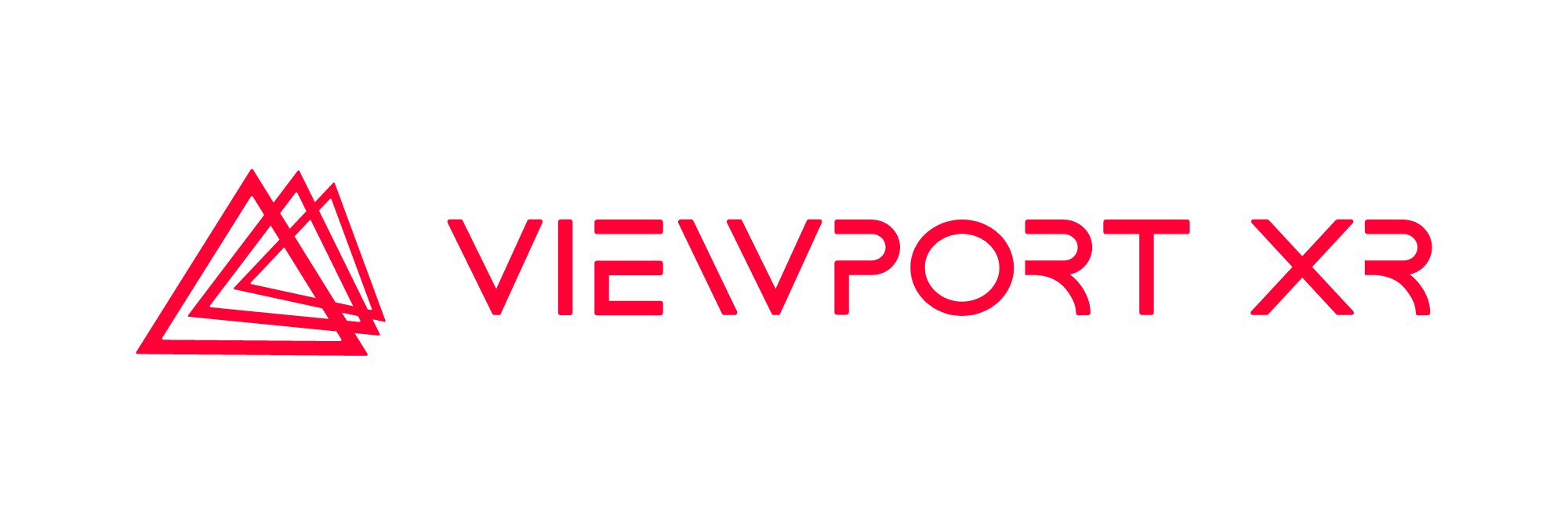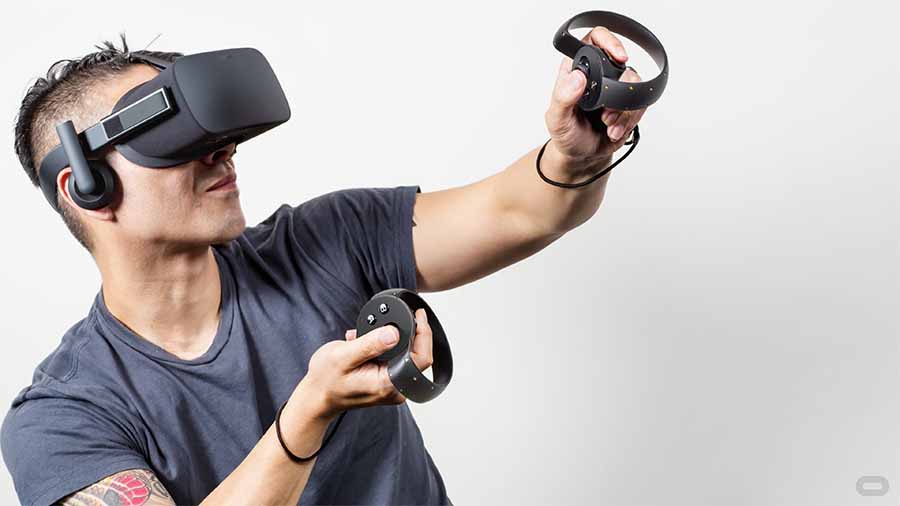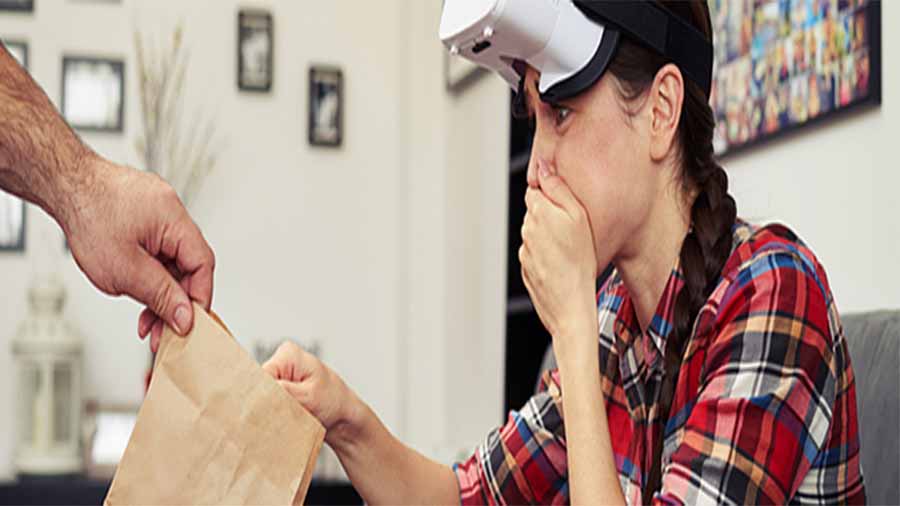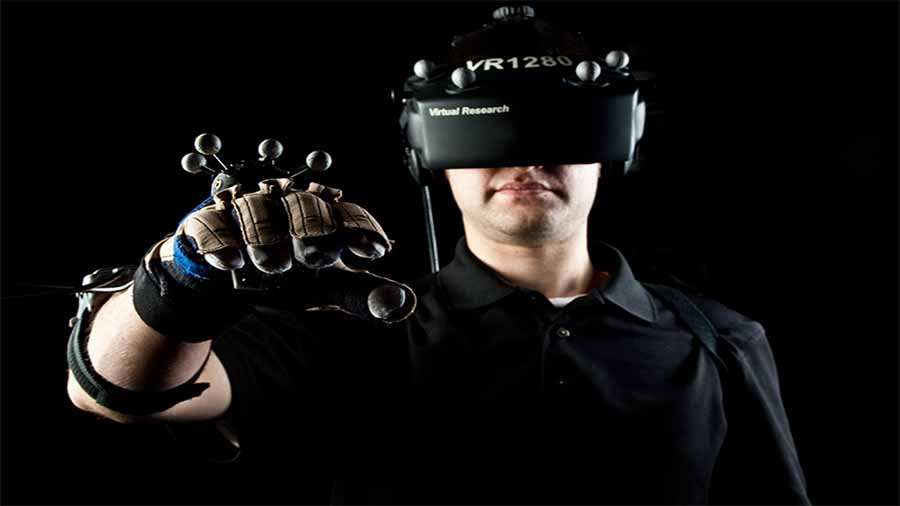The Power of Impressions
We’ve all heard the famous adage “You only get one chance to make a good first impression”. In fact, research has shown that on average you only get 7 seconds from the moment an interaction begins before a powerful and lasting impression is formed. Which means if you’re not hooked into reading the rest of this entry by now then statistically speaking, I’ve already lost you. You might already have realised, but this same phenomenon applies for job interviews, first dates and business pitches just to name a few. So of course, it’s always important to put your best foot forward. But what do you do when you meet someone who already has a first impression of you or your ideas long before you ever see them?
This is the reality that we face on a regular basis as pioneers of Virtual Reality technology. As some of you may be aware, we are currently going through a period known as the Second Wave of VR after similar technologies rose to prominence decades ago but ultimately faded from the public eye, forgotten by most- but not all. The first and most pressing problem with this is that for some, the fact that VR failed to take root once means that they doubt its ability to take hold on its second attempt despite much evidence to the contrary such as massive investments by Google, Facebook and Microsoft just to name a few.
But the true challenge we face within this industry of Oculus Rifts and HTC Vives and Gear VR’s and Google Cardboards is that even the so-called experts are still learning. Virtual Reality is a largely unexplored platform and boundaries are constantly being pushed whilst best practices are revised, scrapped and remodeled on an almost daily basis as developers find ways around old obstacles and encounter new ones. In simple terms, this means that the VR you try today is unlikely to look anything like the VR you try a month from now.
So when we have our first meeting with a client and they tell us that they’ve ‘tried VR before’, our first instinct is to suppress the urge to groan because more often than not, that experience consisted of a poorly optimised, monoscopic experience on an oculus rift connected to a cheap computer that can barely handle the strain. In these cases, what the client sees are pixelated, laggy videos that lack any sense of depth, much less making them feel like they’ve been whisked away to another reality. Another issue that we commonly see is where clients have gone through what we like to call “lazy porting”, which is simply building a game or gamified experience and then simply adding a VR camera and calling it a day. This, in a nut shell is why VR is so often associated with motion sickness. Virtual Reality doesn’t play by the same rules as other media we consume such as video games and movies and when a developer doesn’t take this into account, all sorts of problems arise. As a direct result of this, any good developer in the Virtual Reality space made a departure from ‘traditional’ systems a long time ago.
At Viewport, we’ve spent countless hours of trial and error with the best ways for a person to move through a scene and we created creative, intuitive systems that work around the common causes of motion sickness which is basically caused by our eyes not being parallel with our body rotation. Examples of this can be seen in our publicly available apps like ‘StudyPerth VR’ and ‘Discovr WA’ (and no, that’s not a typo). In these examples, we utilise what is known as gaze controls to move between scenes and interact with the environment. We also use a similar method in many of our architecture work like ‘OzGrind’ and ‘BSB Architecture & Design’ (all of which you can read more about in previous blog entries). But beyond the mechanics that underpin how a VR experience works lies a simpler but far more important factor. Picking a single purpose and ensuring that every part of the experience works to reinforce and support that purpose. Virtual Reality as a medium possesses immense novelty value, but to harness that novelty and mold it is simultaneously the most important and the hardest thing to accomplish when designing an experience. When developers know everything that VR can do, the temptation is to try and include a taste of all of it. This doesn’t work for the same reason that First Person MMORPG Puzzle Platformer RTS Fighting games don’t exist. Only so many components can coexist before the whole thing becomes a bit of a mess even though individually they may all be great.
To bring this back to how Viewport approaches the way it does business, we identify the need that our client has and the needs of their primary users and then plan how we can meet these needs with the most impact without any single element detracting from another. It sounds easy if you say it fast, but the reality is anything but. All of this just goes to show that not only are we in the business of creating breathtaking Virtual Reality experiences, but also in forging and reforging expectations of what VR is capable of for our clients, the public and even our peers. First impressions are hard to change, but we feel that owe it to you to try, because VR technology is changing everything and we don’t want anyone to miss out!



